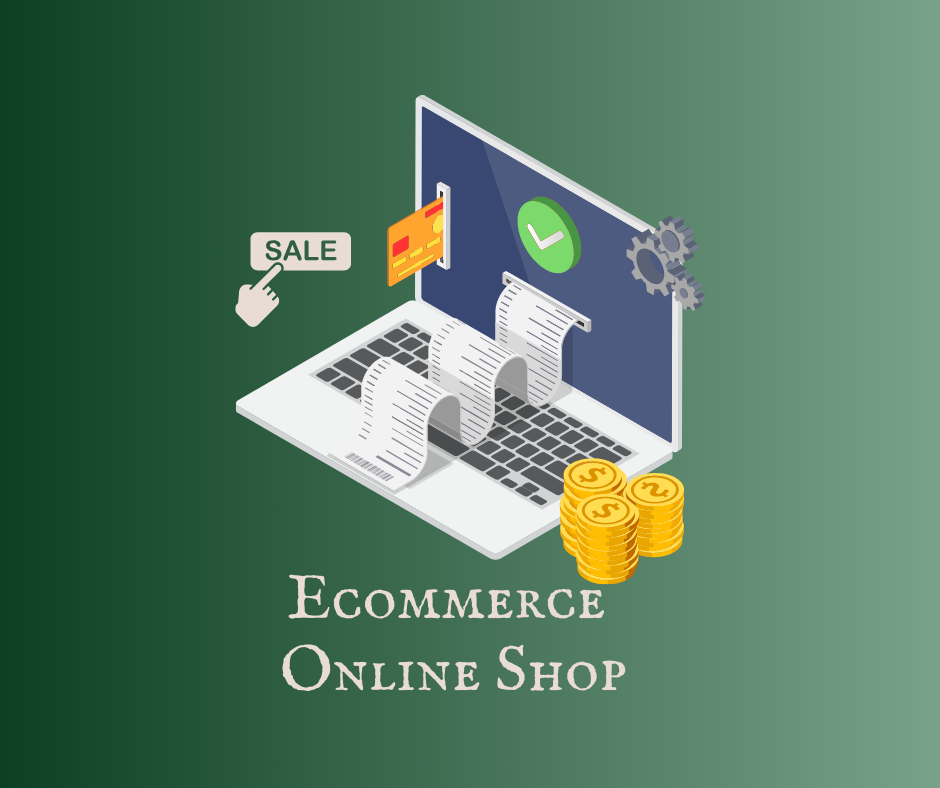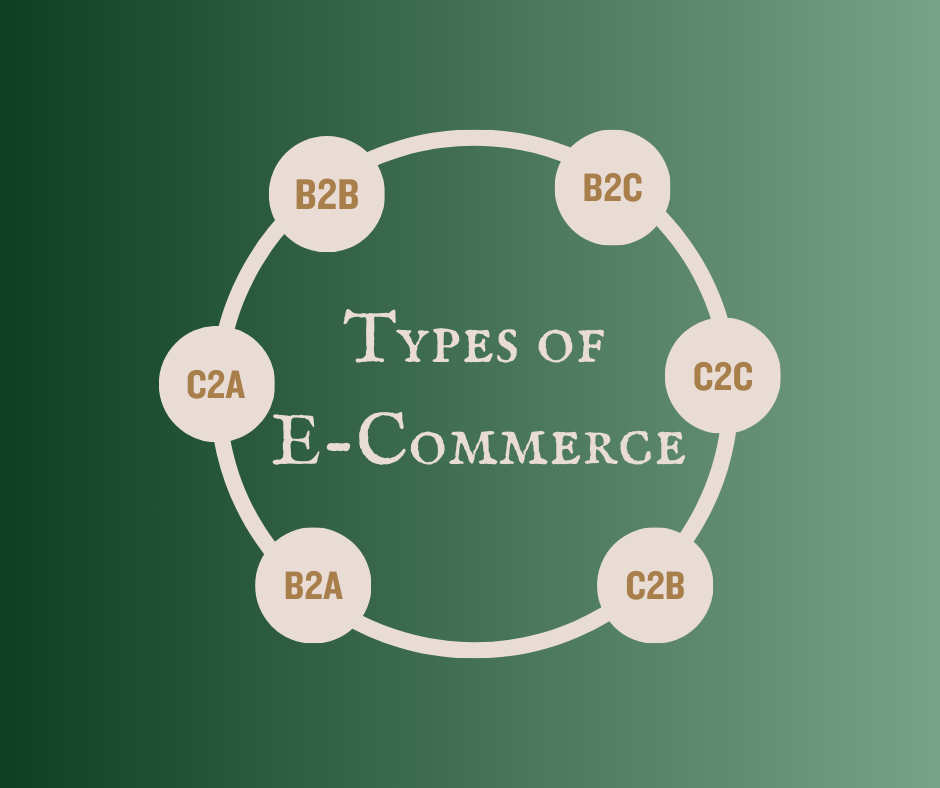The Ultimate Comprehensive Guide to Eelectronic Commerce
E-commerce has become one of the most important methods in the age of technology and social media, as it facilitates online shopping and selling processes.

E-Commerce Mean
E-commerce is the process of exchanging goods and services through an electronic network. E-commerce is also considered an integral part of the global economy.

Types of E-Commerce
1- Commercial Business (B2B):
E-commerce includes all electronic transactions of goods or services that occur between companies. Manufacturers and wholesalers engage in this type of e-commerce.
2- Business to Consumer (B2C):
This type refers to selling goods and products from a company directly to individual consumers.
3- Consumer to Consumer (C2C):
E-commerce includes all electronic transactions of goods or services that occur between consumers. These transactions are facilitated through a third party, which provides an online platform for the actual transactions to take place.
4- Business to Administration (B2A):
This part of e-commerce encompasses all transactions conducted online between businesses and public administration. This field includes a variety of services, such as financial services, social security, employment, documents, and legal records.

Advantages of E-commerce
1-Global Reach:
E-commerce stores enable businesses to reach customers worldwide, aiding in expanding their business scope and increasing revenue.
2- Convenience and Flexibility:
Customers can shop and purchase products and goods online from anywhere and at any time convenient for them, without the need to visit a physical store. This provides them with comfort and convenience.
3- Cost Saving:
Businesses can reduce overall operating costs, such as rent, operation, and labour costs. Additionally, products can be stored in one warehouse and shipped directly to customers, reducing shipping and distribution costs.
4- Customer Retention and Relationship Building:
Through e-commerce stores, businesses can engage with customers and provide after-sales services such as technical support, returns, and exchanges. This helps in building strong relationships with customers and increasing loyalty.
5- Tracking and Analysing Data:
Businesses can track and analyse sales data and customer behaviour through e-commerce stores. This gives them valuable insights into customer needs and interests, allowing them to improve marketing strategies and increase chances of success.

Drawbacks of E-commerce
Despite the numerous advantages of e-commerce, there are some challenges it faces, including:
1- Fraud Risks:
There can be fraud when conducting transactions online.
2- Difficulty in Building Trust with Customers:
It may be challenging to build trust with customers when shopping online.
3- Proliferation of E-commerce Stores:
The ease of entry into the world of e-commerce has led to a significant increase in these stores, especially recently. This has resulted in intensified competition among these stores. While this competition benefits consumers due to the offers provided by e-commerce stores, it can lead to losses for website owners. This may make it difficult to achieve profits and may lead to compromising in order to compete with other stores and attract a larger number of customers.

The Importance of Developing E-commerce Stores
1- Increased Sales:
E-commerce stores can help companies increase their sales by providing consumers with an easy shopping experience.
2- Improving Customer Satisfaction:
E-commerce stores can help companies enhance customer satisfaction by providing detailed information about products and services, along with attractive discounts.
3- Building Brand Identity:
E-commerce stores can assist companies in building their brand identity by creating a professional website that reflects the company's values and mission.

Steps for Developing an E-commerce Store
1- Planning:
Planning involves defining the goals of the e-commerce store, identifying its target audience, and determining the range of services and products to be sold.
2- Design:
Designing entails creating an appealing appearance for the e-commerce store that attracts customers and reflects the company's brand identity.
3- Development:
Development involves programming the functionalities of the e-commerce store, such as inventory management and order processing.
4- Performance Testing:
Performance testing includes testing the e-commerce store to ensure that it functions properly and meets the needs of customers.
5- Launch:
Launching involves deploying the e-commerce store and starting its operation.

Tips for Developing a Successful E-commerce Store
Developing an e-commerce store is a significant investment for any company aiming for success. Here are some tips:
1- Make the E-commerce Store User-Friendly:
The e-commerce store should be easy to use and navigate so that customers can easily find what they are looking for.
2- Provide Detailed Information about Products and Services:
The e-commerce store should provide detailed information about the products and services, including images, descriptions, and prices.
3- Offer Attractive Deals and Discounts:
Offers and discounts can help attract customers and increase sales.
4- Provide Excellent Customer Service:
Companies should strive to provide excellent customer service to customers to build trust and retain them.
Conclusion
Electronic commerce is a promising industry full of opportunities, and it deserves investment to achieve success in today's business world.



